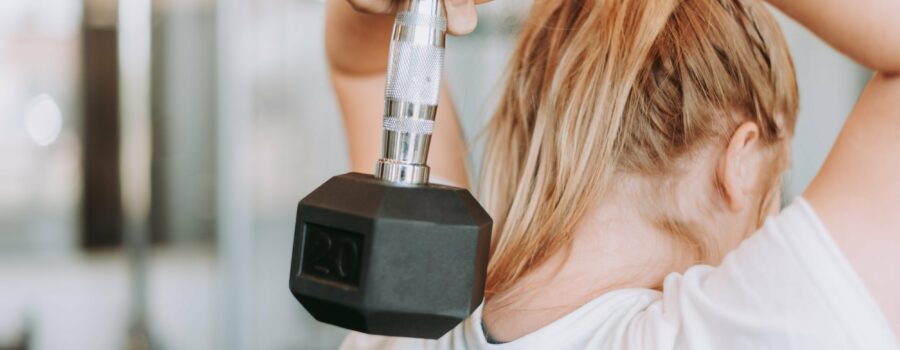To understand why exercise plays an important role in maintaining optimal health postmenopause it is important to explore how the body is affected by this process.
What is menopause?
For most women menopause is marked by the end of their monthly menstruations (or period). Menopause occurs due to the loss of follicular function of the ovaries and estrogen levels in the body. Estrogen is an important hormone in the body and is mostly produced by the ovaries. This decline in estrogen production and subsequent menopause is a natural part of ageing and typically occurs between the ages of 45 and 55. The process usually takes abouts 7 years but this can range to 14 in some cases. Menopause is said to have occurred once a woman has had 12 months without menstruation (for which there is no other cause). Sometimes menopause can occur due to the effects of surgery or medical interventions (such as a hysterectomy). ‘Perimenopause’ refers to the time from when the first symptoms or changes in menstruation occur until 12 months after the last period.
What happens to the body during this time?
Low estrogen levels impact a number of structures and systems within the human body. We will focus on how this process affects bones and blood vessels.
Women reach peak bone mineral density (strength) at about 30 years of age. After this, gradual bone loss occurs. During menopause the reduction in estrogen levels accelerates this process. It is estimated that the rate of bone loss is between 3-5% per year for 5-7 years during menopause (Ketvertis & Peacock, 2022). In many women this can lead to low bone mineral density, meaning that their bones are weaker and they are more at risk of fractures. This is known as osteoporosis. It is estimated that osteoporosis affects 1 in 3 women (Burge et al., 2006).
For some women, lower estrogen levels combined with other hormonal processes can lead to narrowing of some of the important blood vessels in the body, which can in turn lead to high blood pressure (or hypertension).
Why is exercise important?
In some cases the use of medications is warranted, however alongside pharmacological management of this condition it is very often recommended for these individuals to engage in exercise that stimulates the formation of stronger bones.
Many studies have proven that weight bearing and resistance (strength) exercises can mitigate bone loss in postmenopausal women. Exercises that put stress on our bones encourage the bone-forming cells to be more active. When we use weights or perform bodyweight strength exercises our muscles contract and pull at our bones which creates this stress reaction. If repeated regularly this leads to stronger muscles and bones, and reduced risk of fractures.
Exercise (both aerobic and resistance training) has been shown to help lower blood pressure in postmenopausal women. Some studies reported improvements within 8-weeks of beginning an exercise program. Asking your cardiovascular system to work hard (get our of breath) on a regular basis helps to train it to become more efficient, which over time can improve measures like blood pressure.
Interested in getting moving postmenopause or keen to learn more about how you can optimize train to limit the impact on your body?
Give us a call on 2892133813 or drop us an email info@physipod.ca
References
Burge, R. et al. (2006) “Incidence and economic burden of osteoporosis-related fractures in the United States, 2005-2025,” Journal of Bone and Mineral Research, 22(3), pp. 465–475. Available at: https://doi.org/10.1359/jbmr.061113.
Ketvertis, K.M. and Peacock, K. (2022) Menopause – StatPearls – NCBI Bookshelf, Menopause. Available at: https://www.ncbi.nlm.nih.gov/books/NBK507826/ (Accessed: May 3, 2023).
Menopause (2022) World Health Organization. Available at: https://www.who.int/news-room/fact-sheets/detail/menopause (Accessed: 09 May 2023).
 Back to myNiagaraOnline
Back to myNiagaraOnline
































